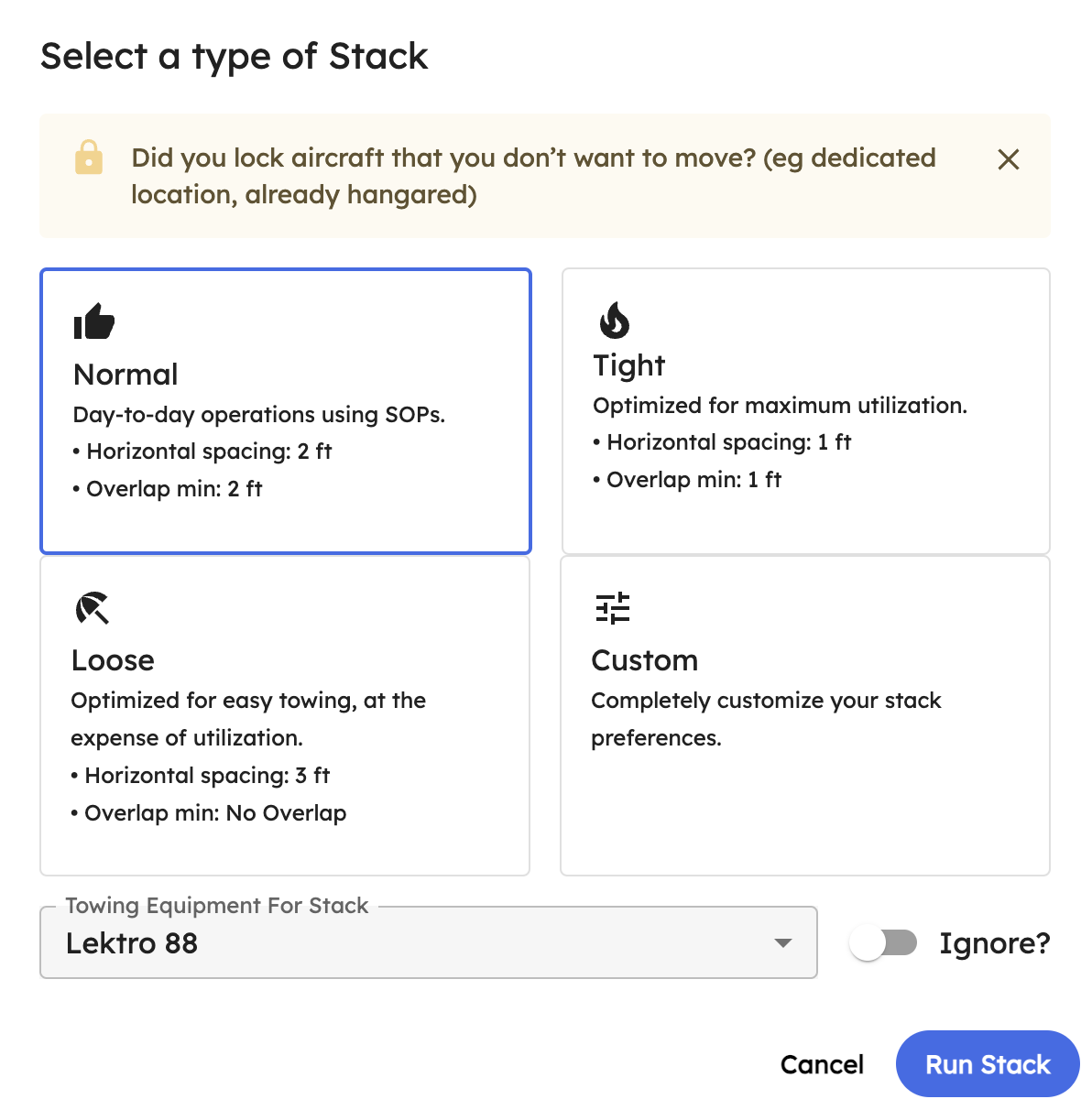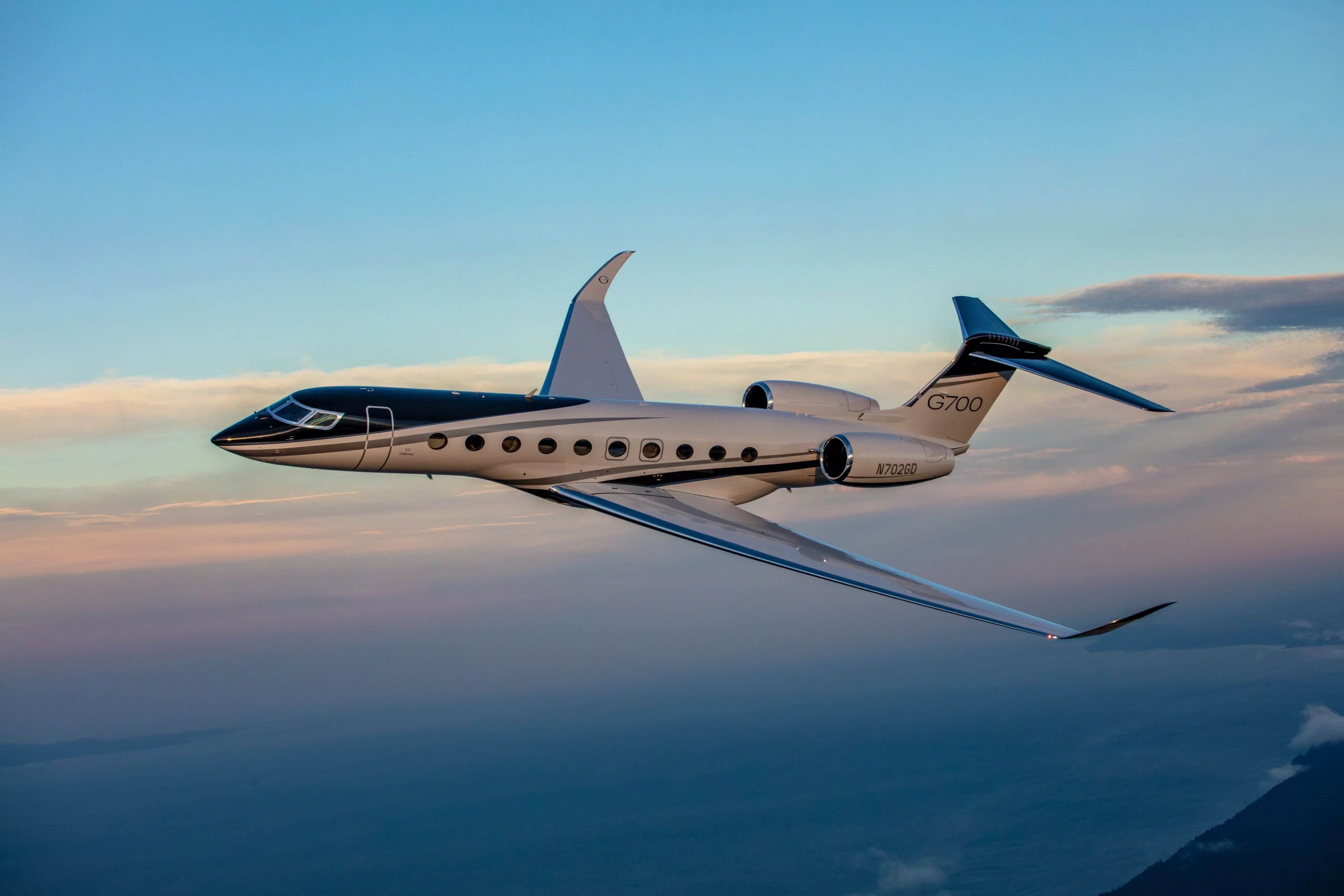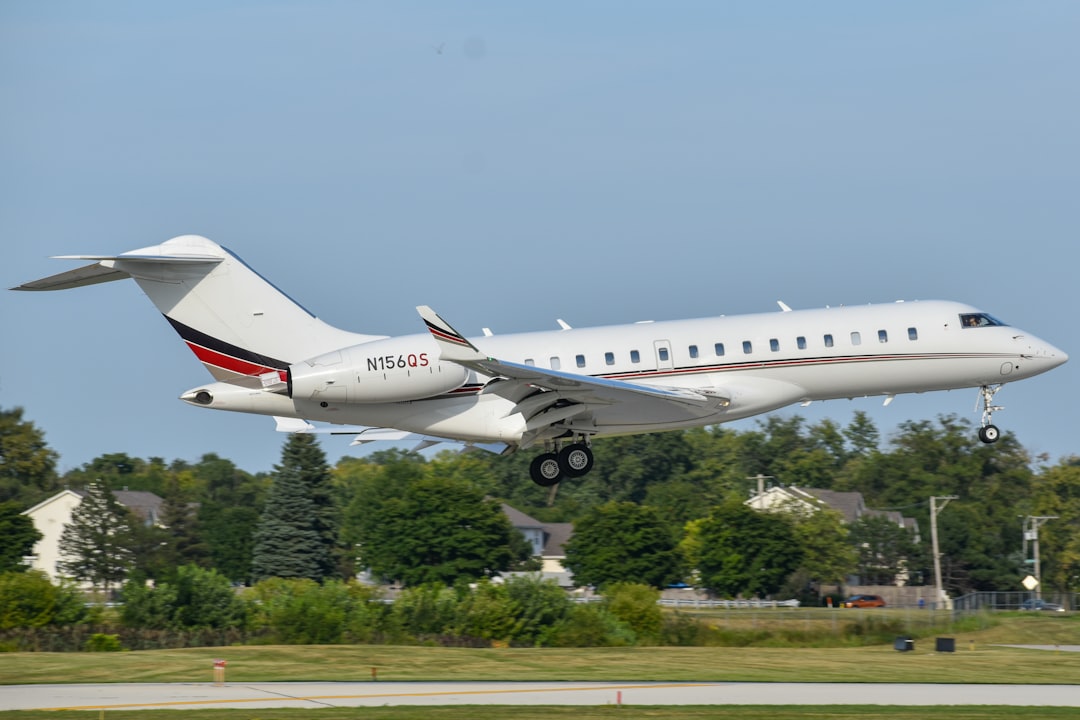New Aircraft Flying in 2026: What FBOs Need to Know
Published on June 9, 2025 • 6 min read

At 6 AM, a Dassault Falcon 10X taxis to your FBO—requiring 12,100 square feet of space. Twenty minutes later, an eVTOL lands on your vertiport, needing a megawatt charging station. By noon, you're accommodating a 777X with its 235-foot wingspan (folded), questioning whether your 20-year-old hangar infrastructure remains adequate.
This is 2026, where the aviation landscape evolves rapidly. With Boeing targeting 50 aircraft per month production and Airbus pushing toward 75 A320neo family jets monthly, the flood of new metal isn't slowing down. But it's not just volume—it's complexity that's about to hit your ramp.
The Heavy Metal: Business Jets That Demand Bigger Hangars
The Dassault Falcon 10X, entering service in late 2026, features the largest cabin of any purpose-built business jet with a correspondingly large footprint. With its 7,500 nautical mile range and Mach 0.925 speed, ultra-high-net-worth individuals won't blink at the hangar fees. But can your facility even fit it?
Meanwhile, Cessna's Citation CJ4 Gen3 arrives with Garmin's G3000 PRIME avionics and Emergency Autoland. This isn't just an upgrade—it's a complexity multiplier for your line service team. The new avionics require specialized GPU connections and specific towing procedures to avoid sensor damage. One wrong move during repositioning could trigger a $50,000 repair bill.

The 777X Problem: When Wings Fold, Operations Get Complex
Boeing's 777X represents a paradigm shift. Those folding wingtips aren't a gimmick—they're a necessity. At 235.5 feet extended, it's a Category F aircraft. Folded? Category E. Sounds simple until you realize your ground crew needs to manage a 20-second automatic folding sequence while avoiding other aircraft.
Here's what Boeing's marketing materials don't emphasize: The 777X's folding wing system requires specialized ground procedures and equipment. In winds exceeding 82 knots, wings must be manually locked using Boeing's proprietary ground equipment—a 15-minute window before potential structural damage occurs. The automated system folds wings in 20 seconds when ground speed drops below 50 knots, but manual override requires certified technicians. Miss that window during a surprise storm, and you're explaining to Lufthansa why their flagship aircraft needs inspection. The first delivery is slated for 2026—is your training program ready?
The Infrastructure Advantage: The 777X's folding wings actually reduce infrastructure costs compared to Category F aircraft. By fitting into existing Category E gates and taxiways, airlines avoid costly terminal modifications. This design decision saves airports millions in infrastructure upgrades while enabling 3% better fuel efficiency compared to truncated winglets.
Electric Revolution: Your Power Grid's Worst Nightmare
Forget everything you know about aircraft ground power. The Heart Aerospace ES-30 hybrid-electric aircraft needs charging infrastructure that makes your current GPU setup look like a phone charger. We're talking 1-megawatt capacity—enough to power 750 homes—delivered in 5-10 minute bursts.

According to NREL research, vertiports with just two charging stations require up to 1MW of power—enough to power 750 homes simultaneously. This represents a 600-700% increase in site demand for most FBOs. The transformer upgrade alone costs $180,000-$250,000, with 44-week lead times becoming standard. One California FBO discovered their utility bills would increase 300% in Year 1 due to eVTOL charging infrastructure alone. If you're not planning infrastructure now for 2026's electric arrivals, you're already behind.
The eVTOL Invasion: Vertiports Meet Traditional Hangars
By late 2026, Joby Aviation plans commercial operations in Dubai, while Archer's Midnight targets U.S. markets. These aren't helicopters with different engines—they're a new operational paradigm. Joby's aircraft needs proprietary GEACS charging systems. Archer requires dedicated landing pads with obstacle-free approaches incompatible with traditional ramp operations.
Real-world impact: Aviation insurance carriers now require segregated operational areas for eVTOL operations, with premium increases of 35-45% without proper zoning. The solution requires comprehensive redesign—creating distinct zones for conventional and electric vertical aircraft, installing specialized cooling equipment for high-temperature batteries, and implementing advanced energy management systems. These modifications typically cost $2.1-2.8 million for mid-sized FBOs, with FAA's 7460 obstruction evaluation process adding 6-8 months to project timelines.
Production Surge: When 50 Becomes the New Normal
Boeing's push to 50 737 MAX aircraft monthly by 2026 isn't just a number—it's a tsunami of narrow-bodies heading to every major airport. Add Airbus's target of 75 A320neo family jets monthly, and we're looking at 1,500 new commercial aircraft annually from just two manufacturers.
For FBOs, this means more transient traffic, higher fuel volumes, and constant aircraft rotation. But here's the kicker: Cirium's data shows production constraints will create a 5% delivery shortfall through 2027. Translation? Airlines will squeeze every flight hour from existing fleets, meaning more overnight maintenance stops at FBOs equipped for heavy checks.
 With new aircraft sizes and types, 3D optimization becomes critical
The Reality Check: Infrastructure Investment or Irrelevance
The numbers don't lie. The aviation infrastructure funding gap hits $114 billion by 2026 if current investment levels continue. FBOs face a stark choice: modernize or become obsolete. Industry analysis shows accommodating 2026's aircraft mix requires $4.2-5.3 million in upgrades for typical mid-sized operations—new GPU systems, reinforced tow paths, charging infrastructure, and hangar door modifications.
The ROI Reality: While the upfront investment is substantial, the payback period for comprehensive infrastructure upgrades averages 4.2-5.8 years based on current fee structures. FBOs certified for 777X operations command 30% higher hangar fees ($180-220/night vs. $140-170 for standard Category E aircraft). eVTOL-ready facilities in urban markets project landing fees of $2,200-2,800 per operation by 2027.
But here's the opportunity hidden in the challenge: FBOs that adapt early capture premium rates and achieve faster payback periods. Early adopters typically see 18-24 month shorter payback periods due to reduced competition and premium pricing power. The question isn't whether to invest—it's whether you'll lead or follow.
Financing Your Future: Multiple funding sources can ease the financial burden. The FAA's Airport Improvement Program (AIP) now allows revenue-producing facilities like hangars to receive up to $3.2 billion annually in federal grants. The Infrastructure Investment and Jobs Act provides additional $14.5 billion through Airport Infrastructure Grants (AIG) over five years. Private aviation-focused lenders like Air Capital Group offer specialized financing for FBO infrastructure, understanding the industry's unique cash flow patterns and collateral requirements.
Your 2026 Action Plan
Start with power infrastructure—those 44-week transformer lead times aren't getting shorter. Audit your hangar heights (28 feet minimum for new jets). Train your team on folding wing procedures now, not when the first 777X arrives. Most critically, implement dynamic space optimization because fitting a Falcon 10X next to an eVTOL while leaving tow paths clear requires precision planning, not guesswork. Understanding industry trends helps prepare for the future aircraft fleet. Calculate your ROI on infrastructure upgrades now.
The future of aviation lands in 2026. The FBOs that thrive will be those that started preparing yesterday. The clock's ticking—what's your first move?
Maximize Your Hangar's Potential for Tomorrow's Aircraft
As new aircraft reshape hangar requirements, AirPlx AutoStack helps you stay ahead. Our AI-powered platform optimizes layouts for everything from the Falcon 10X to future eVTOLs, ensuring you capture every revenue opportunity. Don't let 2026's aircraft catch you unprepared.


